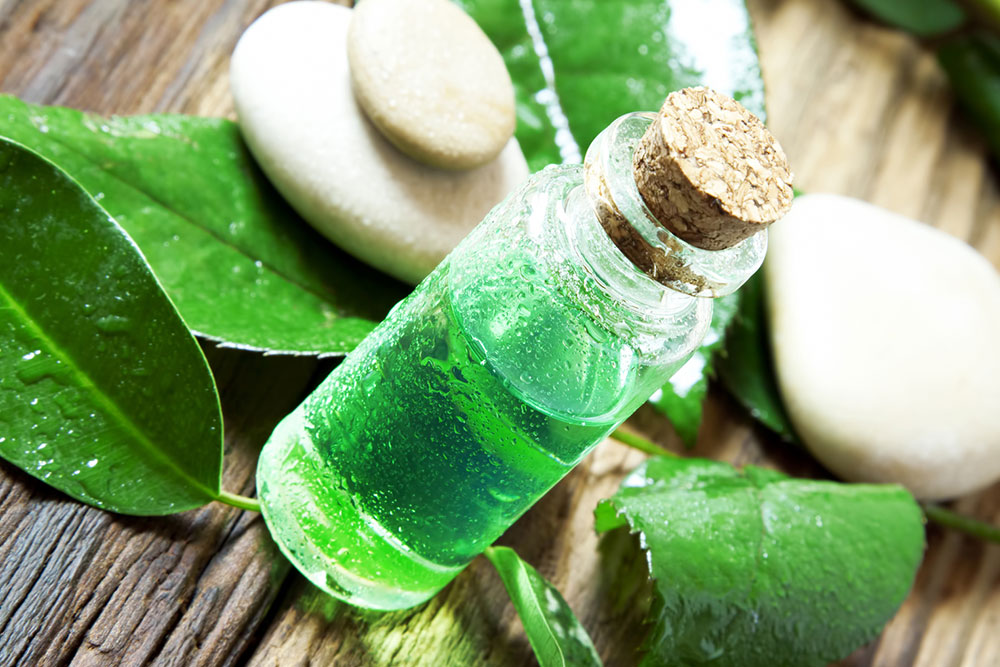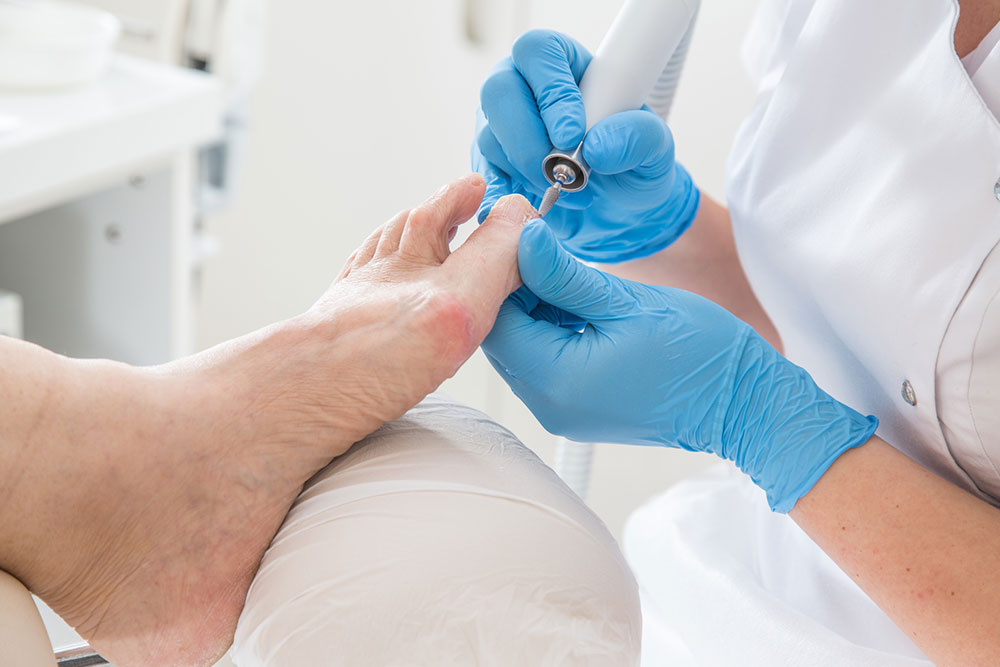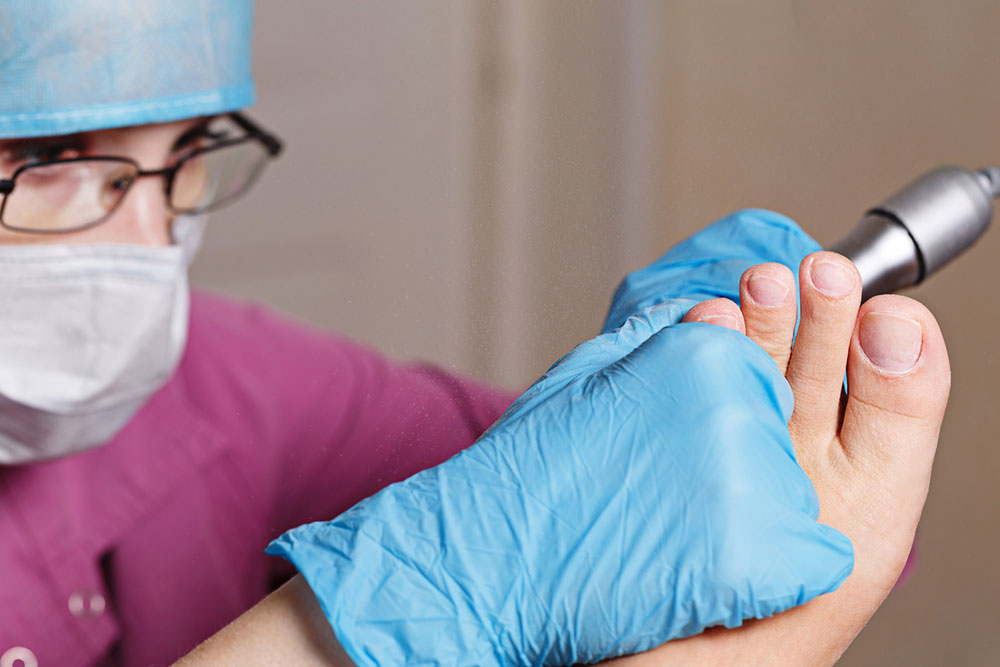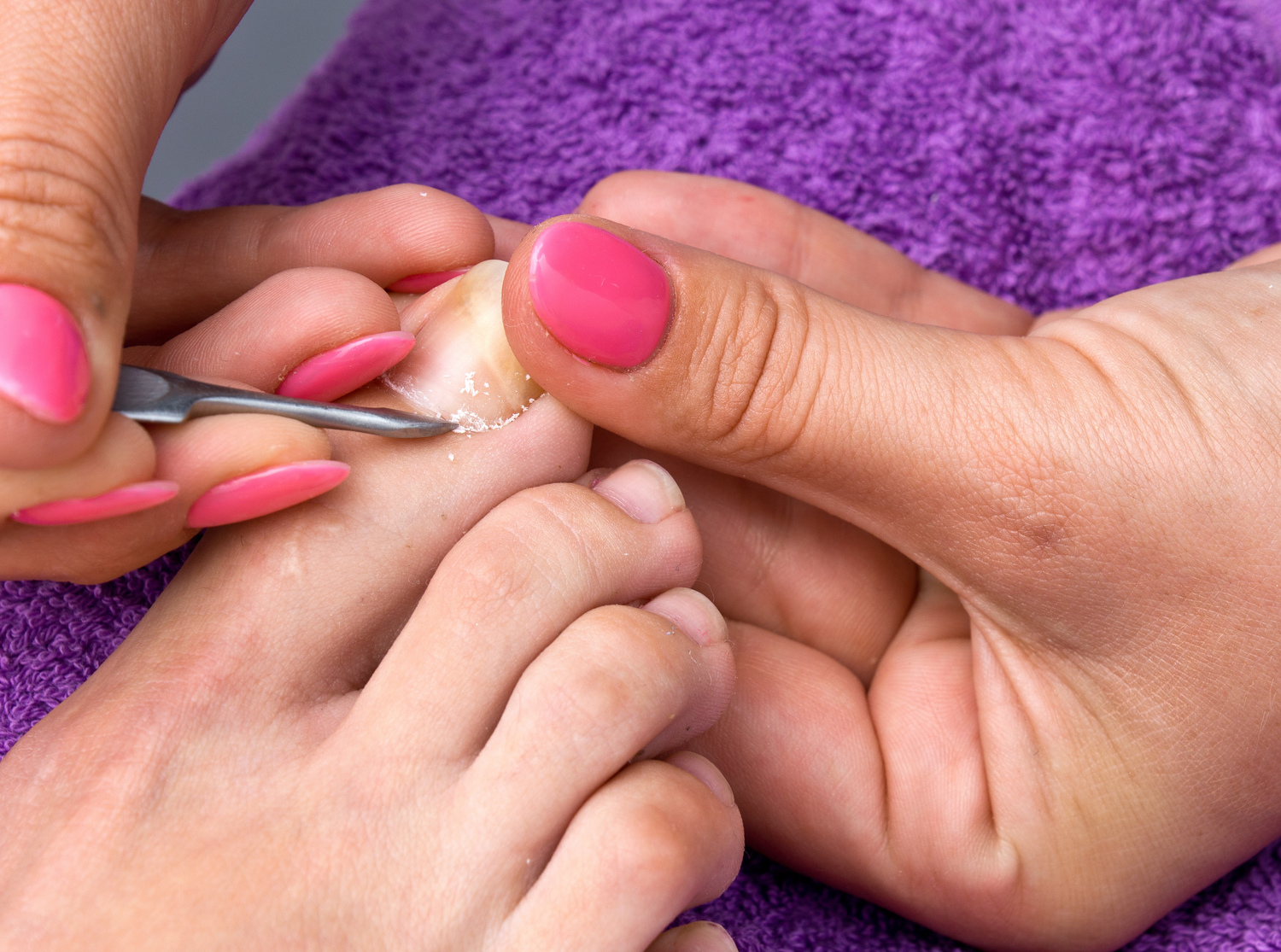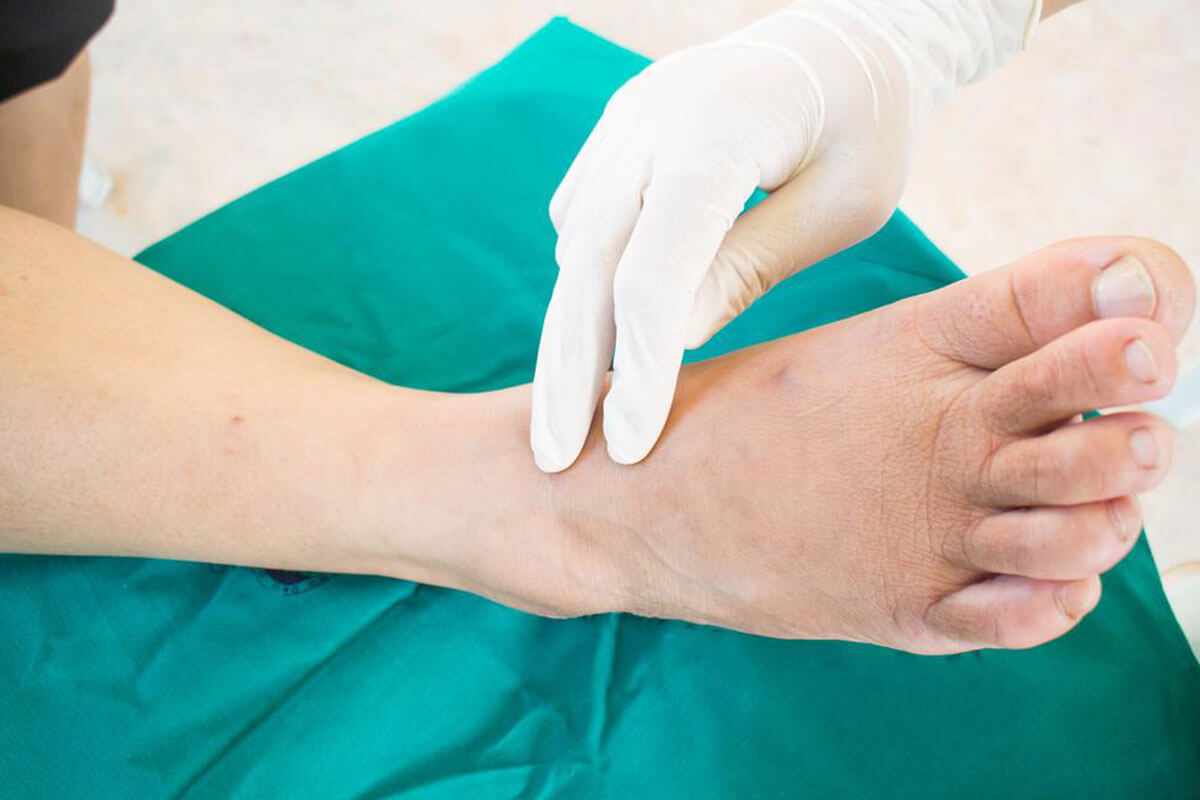Natural Remedy for Toenail Fungus: Hydrogen Peroxide Secrets
Learn how hydrogen peroxide can be an effective, natural remedy for treating toenail fungus. Discover simple application methods, how it disrupts fungal growth, and tips for early intervention to prevent permanent nail damage. Patience and proper care are essential for success with this affordable home treatment.
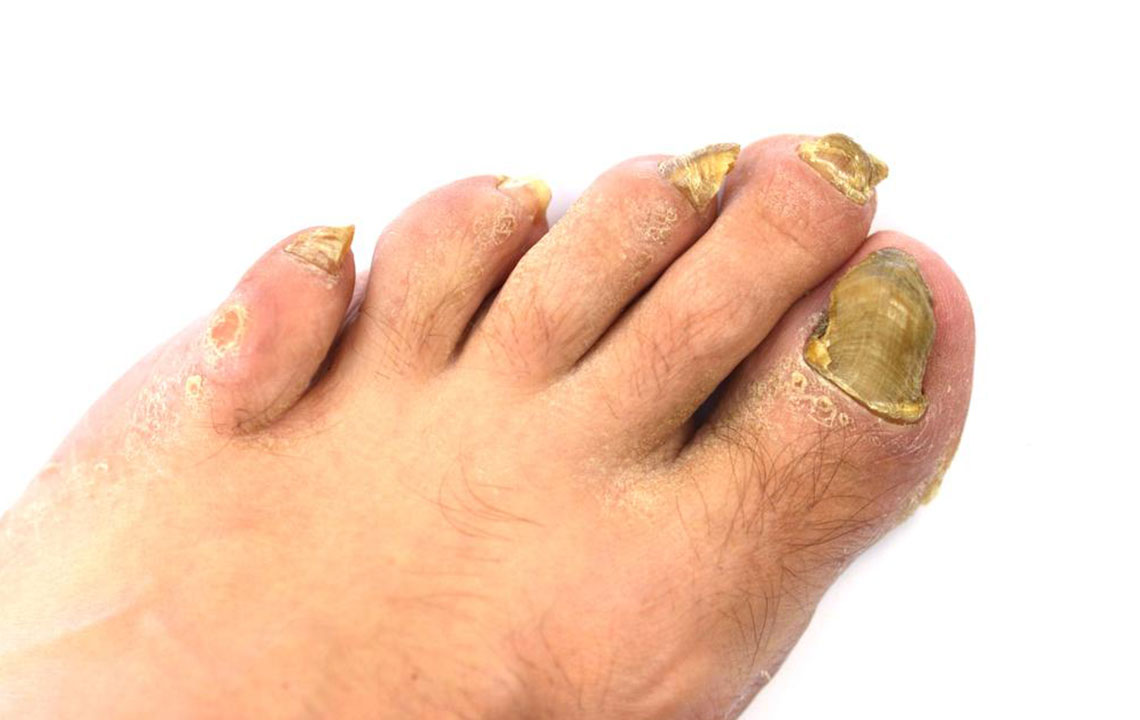
Natural Remedy for Toenail Fungus: Hydrogen Peroxide Secrets
Discolored toenails or yellow streaks could indicate a fungal infection. The symptoms and causes vary, but if left untreated, the infection may cause significant damage to nails and feet. Home remedies, over-the-counter treatments, and prescription options are available, with hydrogen peroxide emerging as a popular solution for combating toenail fungus.
Many individuals may be unaware of early fungal infection signs. Recognizing infected toenails involves noting changes in appearance—loss of shine, streaks in yellow, green, brown, or black, and increased thickness or brittleness. Prompt treatment is crucial to prevent permanent nail damage.
Toenail fungal infections develop in warm, damp conditions, often spreading to skin and other nails. Those with athlete’s foot, diabetes, or compromised immunity are at higher risk. Men tend to be more affected than women, and family history can also play a role. Effective treatment options include topical antifungals, oral medication, surgical removal, and natural remedies like hydrogen peroxide.
Hydrogen peroxide is considered one of the most affordable and accessible home treatments for toenail fungus. Available in a 3% concentration at pharmacies, it works by exposing the fungal area to oxygen, disrupting fungal growth through oxidative effects. Though not scientifically confirmed, many find it effective for early-stage infections.
To use, soak the affected nails in hydrogen peroxide several times daily, or mix equal parts peroxide and vinegar for a foot soak. Applying a dropper directly onto the infected area on alternate days can also be beneficial. Some prefer spraying the solution directly onto the nails for sensitive skin. For enhanced results, applying tea tree oil after treatment may help.
Patience is key, as results may take 2 weeks to 2 months depending on infection severity and hygiene. Since fungal infections begin at the nailbed, early intervention is essential to prevent spread and complications. If no improvement occurs, consulting a healthcare professional is advised.
Note: Our articles provide general insights but should not replace professional medical advice. Not all remedies work equally for everyone, and treatment duration varies. Always seek expert consultation for persistent or severe infections.


